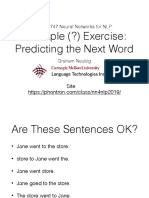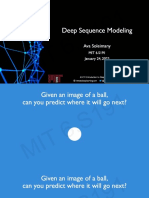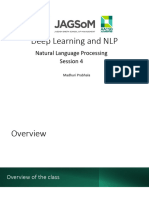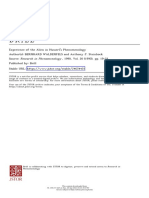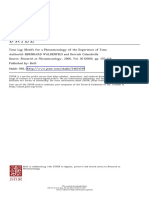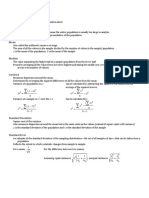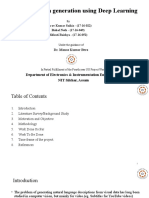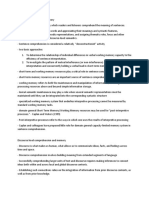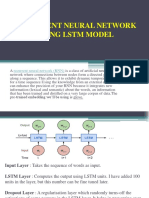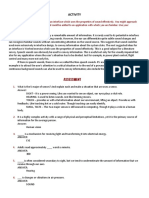0% found this document useful (0 votes)
141 views163 pagesLSTM Lecture
This document provides an overview of neural networks and sequence modeling with LSTMs. It discusses neural network concepts like the perceptron, activation functions, multi-layer perceptrons, and training neural networks using gradient descent to minimize a loss function. It also outlines an LSTM and TensorFlow tutorial to model sequences.
Uploaded by
Gunnar CalvertCopyright
© © All Rights Reserved
We take content rights seriously. If you suspect this is your content, claim it here.
Available Formats
Download as PDF, TXT or read online on Scribd
0% found this document useful (0 votes)
141 views163 pagesLSTM Lecture
This document provides an overview of neural networks and sequence modeling with LSTMs. It discusses neural network concepts like the perceptron, activation functions, multi-layer perceptrons, and training neural networks using gradient descent to minimize a loss function. It also outlines an LSTM and TensorFlow tutorial to model sequences.
Uploaded by
Gunnar CalvertCopyright
© © All Rights Reserved
We take content rights seriously. If you suspect this is your content, claim it here.
Available Formats
Download as PDF, TXT or read online on Scribd
/ 163














